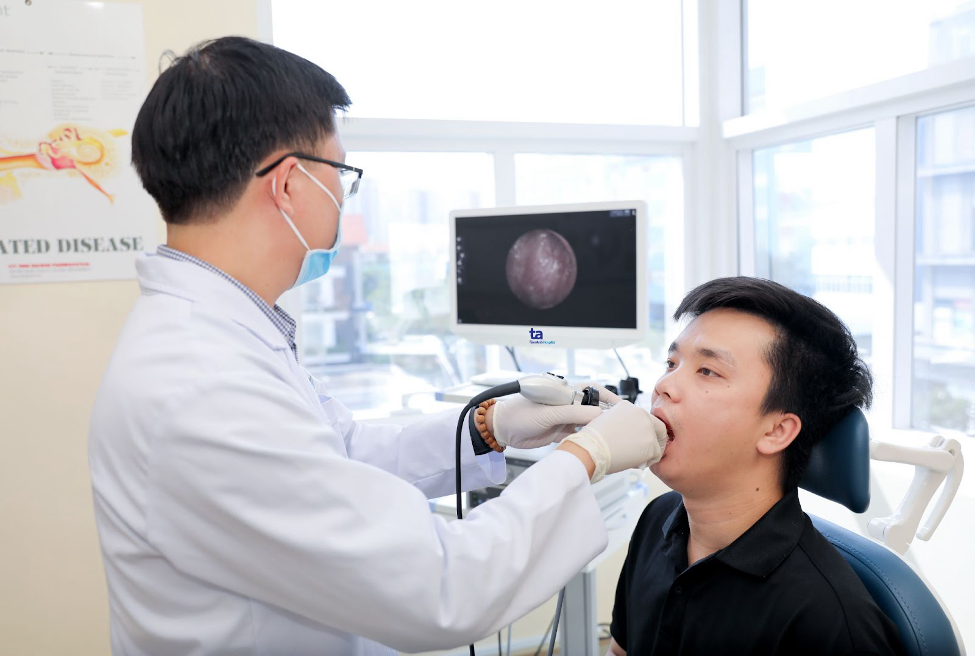Answer:
Vocal cord polyps are benign growths on the vocal cords. They can be large or small, and may or may not have a stalk. Polyps prevent the vocal cords from closing completely and vibrating evenly, disrupting speech and causing hoarseness, a weak or breathy voice, and intermittent speech.
Larger polyps create a wider gap between the vocal cords during speech, leading to more severe hoarseness. Initially, hoarseness may be intermittent, but it can become persistent and, in severe cases, lead to complete voice loss. The degree of hoarseness depends on the size of the polyp and its impact on the vocal cord's mucosal wave and vibration.
Polyps in this location can cause shortness of breath and broken speech. With stalked polyps, which can move as the vocal cords open and close during speech, patients may experience a sensation of something caught in their throat and frequent throat clearing, leading to swelling and a deeper, more hoarse voice.
You should consult an ear, nose, and throat doctor (ENT) to have the polyp examined. Laryngoscopy, performed either with a flexible tube through the nose or a rigid tube through the mouth, helps diagnose vocal cord polyps. Videostroboscopy, which uses a fiber optic light source to record images of the vocal cords in motion, allows doctors to examine the polyp's shape and observe any lesions. This helps detect abnormalities and make a preliminary assessment of whether the polyp is benign or malignant.
 |
Doctor Phat performs a throat examination on a patient. Illustrative photo: Tam Anh General Clinic, District 7 |
Doctor Phat performs a throat examination on a patient. Illustrative photo: Tam Anh General Clinic, District 7
Vocal cord polyps are mostly benign. However, large polyps can cause obstruction and persistent hoarseness, especially in people who use their voices extensively for work. The likelihood of a vocal cord polyp developing into a malignant tumor (cancer) is low. The condition is treated with medication, voice rest (avoiding excessive talking or shouting), and follow-up checkups.
If the polyp grows, hoarseness persists, medical treatment is ineffective, and communication difficulties affect daily life, surgical removal of the polyp through microlaryngoscopy may be recommended. Patients typically regain near-normal voice function within three weeks after surgery.
For prevention, avoid excessive talking, shouting, and prolonged singing. Quit smoking and limit caffeine and alcohol intake. Stay hydrated by drinking two liters of water daily, and manage any gastroesophageal reflux disease (GERD) symptoms. When exposed to harmful chemicals or pollution, use a protective mask and practice regular nose and throat hygiene.
MSc. MD. Specialist I Truong Tan Phat
Head of ENT Unit
Tam Anh General Clinic, District 7
| Readers can submit questions about ear, nose, and throat conditions here for doctors to answer. |












